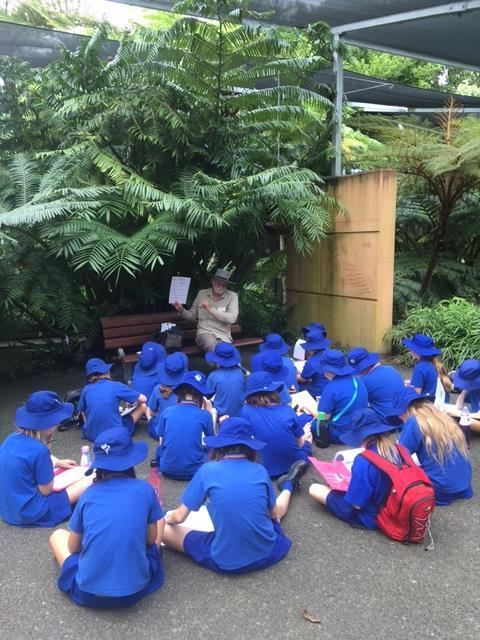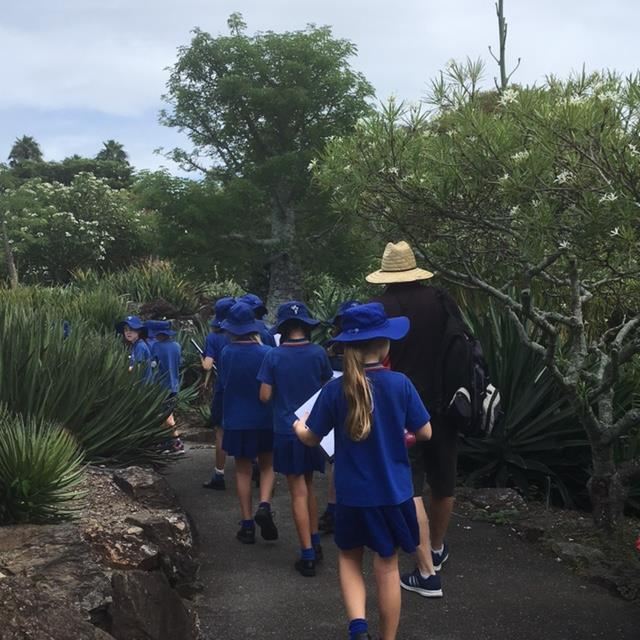Science
Term 4 2020
Term 2 2020
Term 4 2019
Let there be light!
In the past, people thought that light travelled from a person’s eyes to an object instead of the other way around. Scientists have since discovered that space is filled with radiant energy in the form of rays; e.g. X-rays, ultraviolet and light. Light is the only form of radiant energy humans can see.
- Like the moon, objects such as mirrors and reflector strips are not light sources because they reflect light and don’t produce it.
- In preparation for our activities and experiments, have a look at these websites:
Term 2 2019.
Bushfires and Floods in Australia
Before you start work on the ‘Floods in Australia’ sheets, have a look at this video. Click on the link and then scroll down to ‘Series 1 Episode 3 Floods and Droughts. (Please).
https://iview.abc.net.au/show/weather-on-the-go/series/1/video/CK1920H003S00
Thank you.
Science assessment activity, Term 1, 2019
So, okey dokey. We’ve looked at bees, bees and more bees.
Term 3
Science assessment activity, Term 3 2019
After completing a number of the ‘Solar System’ activities from our Learning Centre, please complete the two activities in the link below:
Firstly, read “The Solar System – 1” and complete the crossword “The solar system – 2”.
Secondly, complete the “Planet Data” worksheet. You have access to lots of resources around the room to help you with this.
And finally, read the information on “Mathematical solar system artwork” and follow the instructions. I cannot wait to see what you produce here!!
Related section of Yr 5 Science Achievement Standard:
By the end of Year 5, students describe the key features of our solar system.
Year 5 Science Excursion, Mt Coot-tha Botanic Gardens.
Learning intentions:
We are learning to identify that living things have structural features and adaptations that help them to survive in their environment.
We are learning that Science involves testing predictions by gathering data and using evidence to develop explanations of events and phenomena.
We are learning to identify, plan and apply the elements of scientific investigations to answer questions and solve problems.
The African starfish flowers exist in a desert-like environment. These environments have arid climates and soil that lacks water with few insects for pollination. These flowers evolved over millions of years and developed adaptations to cope with the environmental challenges such as insufficient supply of water. One general adaptation for the plant is that it can withstand long periods of drought. This is important because the region it grows in has high levels of aridity. Aridity refers to the quick evaporation of water. The flowers store water in their stems. The African starfish flower has thick, fleshy, and swollen stems due to the development of water storing tissues.
Walking around the arid zone.
 Some of the boys after coming back from the creek, where we
Some of the boys after coming back from the creek, where we  collected water with some plant matter in it.
collected water with some plant matter in it.
Owen found lots of his family members!!

The amazing spherical Golden Barrel cactus is also known as mother-in-law’s cushion. These plants are low-maintenance and drought-tolerant and are indigenous to Mexico. They prefer well-drained soil and sunlight. They do best in full sun and require little water. They also don’t mind the cold and can handle temperatures as low as 20 degrees Fahrenheit. They grow up to three feet high and three feet wide. The spherical shape means that the whole plant is not getting hit by the sun and this helps it to have less water evaporation.










The Stapelia makes flowers that smell of rotting meat which attracts flies as pollinators.
Paul told us there are over 400 types of aloe plants. aaaarrrggghhh I’ve deleted the photos of the aloe plants and the buttress roots!!!!
These are buttress roots.








